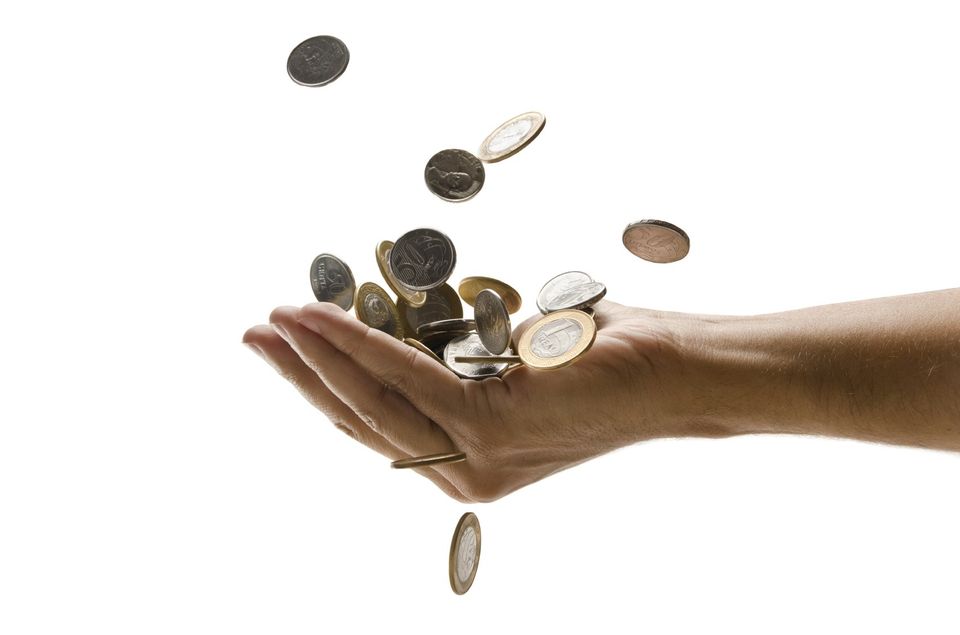Federal “relief” for Student Loan Borrowers
The Federal Government has announced “relief” for new loans taken out after July 1st, 2019.
Federal “relief” for Student Loans
The Federal Government has announced “relief” for new loans taken out after July 1st, 2019.
The relief comes in the way of an interest rate reduction. This is the first rate cut in three years.
Since these are fixed rates for the life of the loan, the savings will be beneficial and help reduce the overall amount paid back. The average consumer could see savings of a few hundred dollars based on how much they borrow and how long they take to pay back their loan.
Why the rate cut?
Sorry folks, no free college yet. And the politicians didn’t do you any favors. The rates are based on the Governments cost to borrow plus a percentage to cover their fees. Foe inquiring minds, I have added their explanation at the end of the article.
Student loan rates for Federal loans for 2019-2020:
The rates for federal student loans borrowed from July 1, 2019, through June 30, 2020, will be:
Undergraduates: 4.529% (down 10% from the previous rate of 5.05% )
Graduate students: 6.079% (down 8% from the previous rate of 6.6%)
Graduate and Parent PLUS loans: 7.079% (down 7% from the previous rate of 7.6%)
Please keep in mind that the Federal loans still have loan fees/origination fees .
Private Student Loans:
Private student loan rates remain unaffected by these cuts. Most private student loan lenders set their rates based on LIBOR, the London Inter-bank Offered Rate.
They offer both fixed and variable rate products with varying terms and repayment options. You can learn more and compare options at:
https://www.collegeaiddirect.com/private-student-loans
Most do not charge origination fees but make sure you look for any fees.
These loans are credit based so adding a credit worthy cosigner may help you get approved and get a lower rate.
Many lenders offer a lower rate if you make a small payment, usually $25 per month, while in school. This can help you establish or build a credit rating and credit score; lower total interest paid and potentially get a lower rate.
How the Federal rates are determined:
Direct Subsidized Loans, Direct Unsubsidized Loans, and Direct PLUS Loans first disbursed on or after July 1, 2013 have fixed interest rates that are determined in accordance with formulas specified in sections 455(b)(8)(A) through (C) of the Higher Education Act of 1965, as amended (HEA).
The interest rate is determined annually for all loans first disbursed during any 12-month period beginning on July 1 and ending on June 30, and is equal to the high yield of the 10-year Treasury note auctioned at the final auction held before June 1 of that 12-month period, plus a statutory add-on percentage that varies depending on the loan type and, for Direct Unsubsidized Loans, whether the loan was made to an undergraduate or graduate student. Loans first disbursed during different 12-month periods may have different interest rates, but the rate determined for any loan is a fixed interest rate for the life of the loan.
For each loan type, the calculated interest rate may not exceed a maximum rate specified in the HEA. The maximum interest rates are 8.25% for Direct Subsidized Loans and Direct Unsubsidized Loans made to undergraduate students, 9.50% for Direct Unsubsidized Loans made to graduate and professional students, and 10.50% for Direct PLUS Loans made to parents of dependent undergraduate students or to graduate or professional students.










